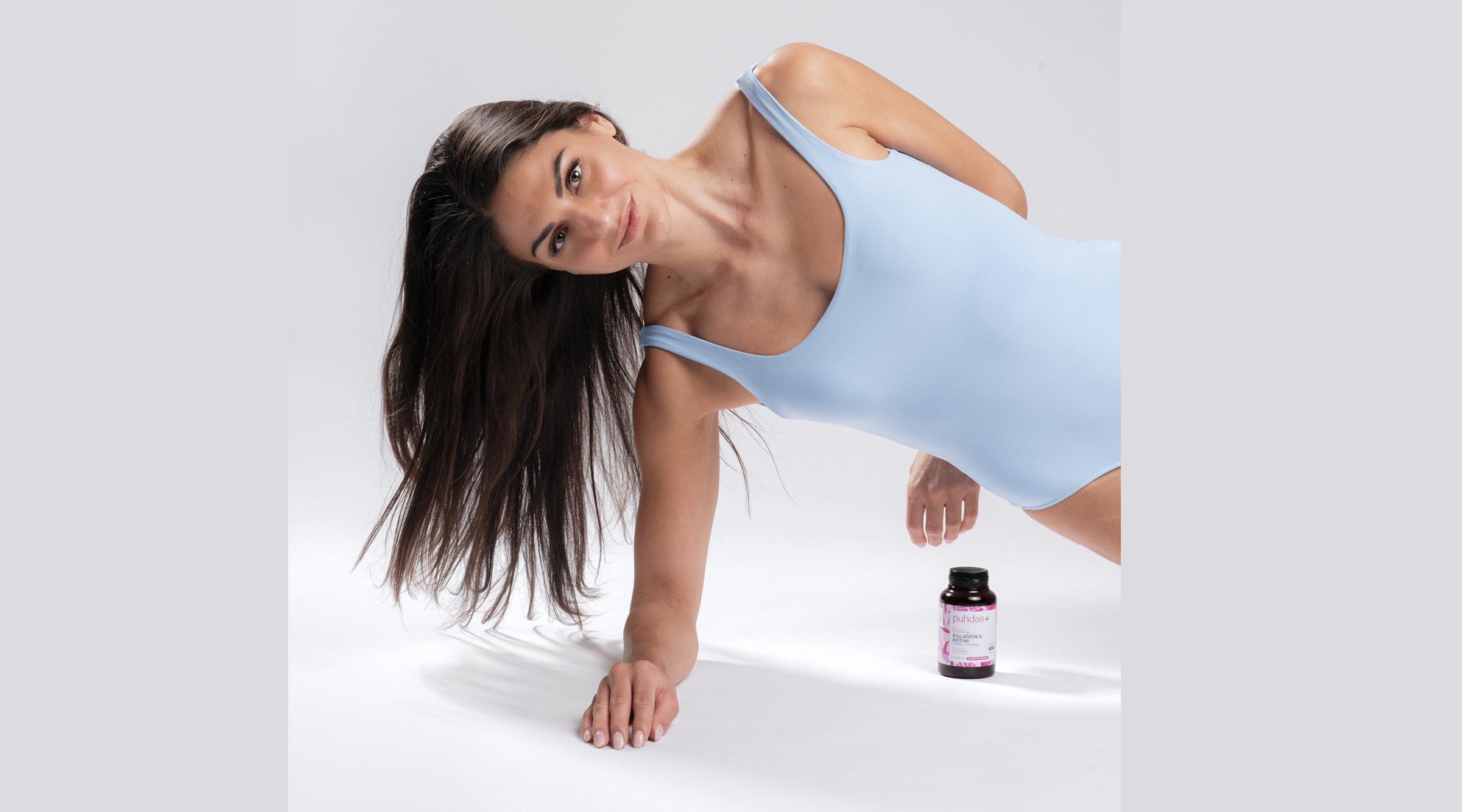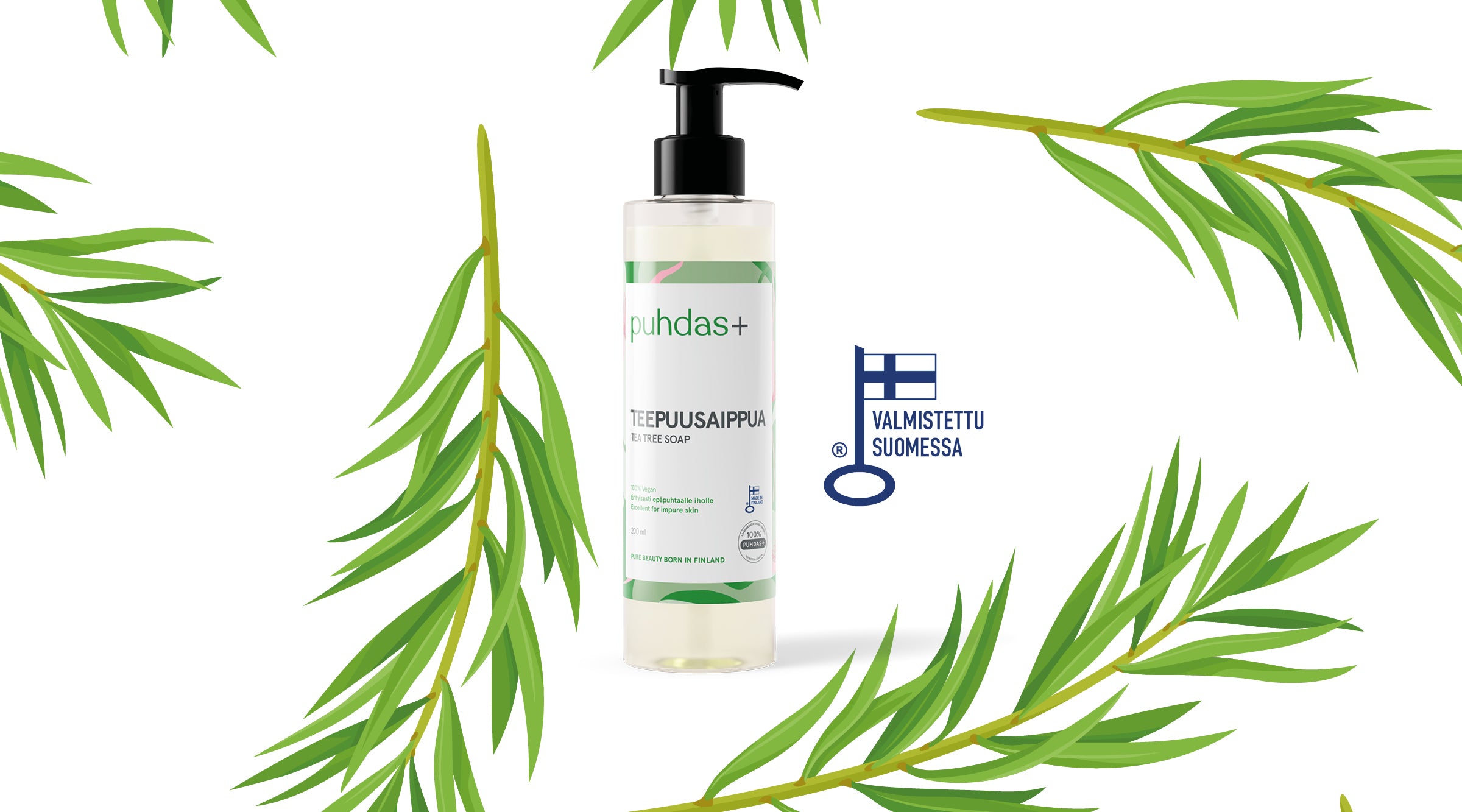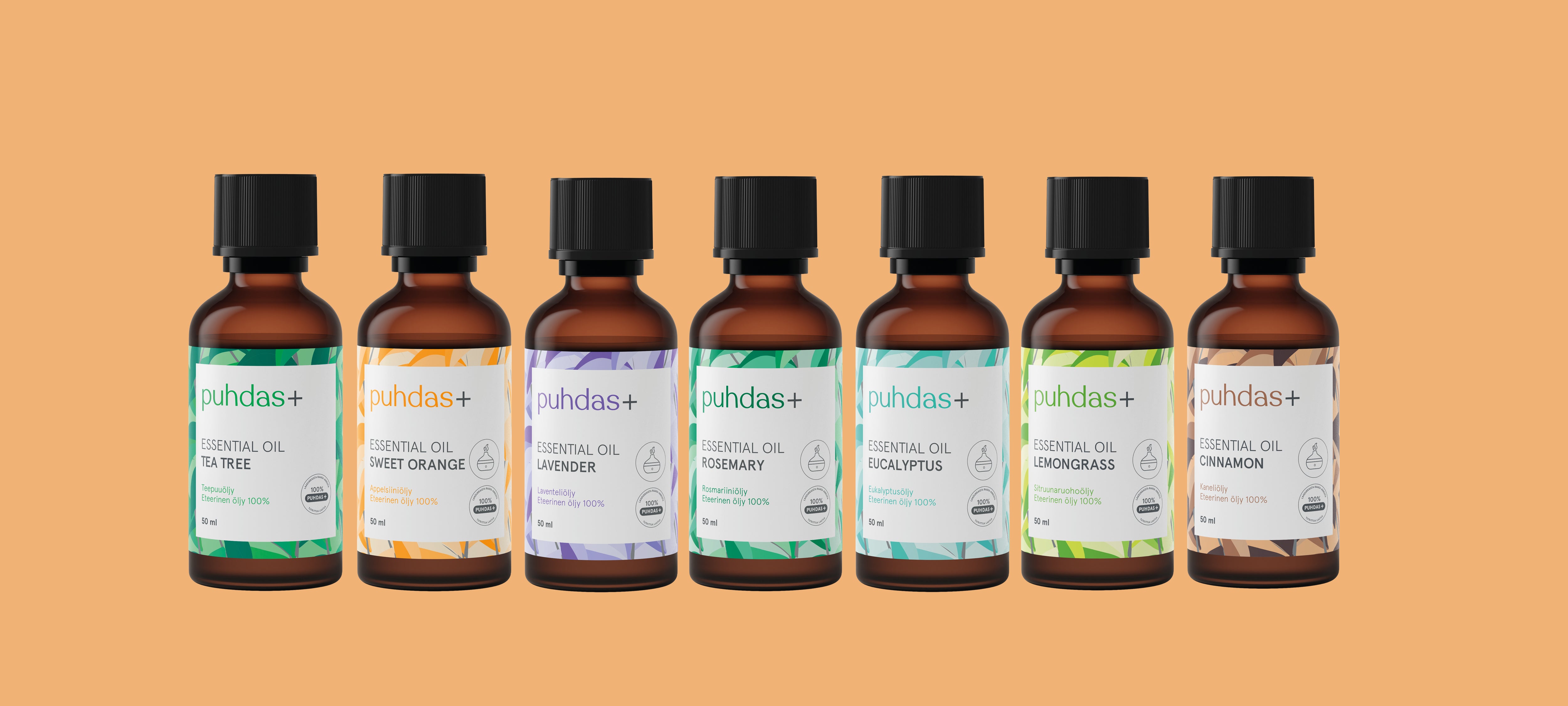Constant tiredness, even if you have slept more than enough at night? The depletion of the iron storage protein, i.e. ferritin, can be one of the reasons for constant fatigue and a feeling of lethargy. The hemoglobin value, on the other hand, remains high as long as there is even some ferritin, and usually falls only after that. Low ferritin seems to be a challenge for every other receiver at the moment. Women in particular seem to struggle with low iron stores.
In the diet, you can get iron from the products of the animal kingdom best from red meat and internal organs, where the iron is in the highly absorbable form of heme iron, and from the products of the plant kingdom, e.g. lentils and dark green vegetables. Nettle is also an excellent source of iron. Iron in vegetable products is nonheme iron, but the abundant vitamin C in vegetables enhances the absorption of nonheme iron into the body. On the other hand, absorption is weakened by coffee and tea, calcium and soy protein, so in practice, dairy products should be consumed at a separate meal with iron-rich foods. However, low ferritin may often be associated with prolonged stress, which in turn lowers stomach acid, so iron from food is not absorbed properly. In practice, therefore, low ferritin can occur as much in mixed eaters as in vegetarians.
To increase the body's iron reserves, the most effective way is to take a well-absorbed iron preparation for daily use. Strong iron preparations often irritate the stomach and cause stomach problems due to their poor absorption. It is also estimated that the body can use only a small part of the strong 100 mg iron preparations.
Due to these common challenges related to iron absorption, we wanted to develop a product that would be as efficiently absorbed as possible and stomach-friendly. The iron bisglycinate selected for the new Puhdas+ Rauta product is one of the best tolerated iron compounds. In addition to iron, it contains the substances necessary for the formation of red blood cells, i.e. vitamin B12, folate and vitamin C. In order to reduce the high iron content on the surface of the intestine, iron bisglycinate and vitamin C are packed in a granule, from which they are gradually released as the granule moves forward in the intestine. In this way, a situation does not arise, as with a standard iron preparation, that the entire amount of iron is released in one place in the stomach or the beginning of the small intestine. In addition, vitamin C improves the absorption of iron when they are released from the granule at the same rate.

Chelated iron, i.e. iron bound to an amino acid, is also easier to consume, as there is no need to avoid foods and drinks containing calcium or caffeine with it, as they do not affect the absorption of iron in the form of bisglycinate. If you want to take a larger dose of iron per day, you should, for example, take two capsules at different times of the day, when the body is more likely to be able to use the larger dose better.
Replenishment of iron stores can be a longer process, so a course of several months is often in order to supplement a healthy and versatile diet.




